Field thistle - a useful weed in the garden
At each summer cottage, from time to time appear weedswith which to fight. With regular maintenance, this process is quite simple and quick. But some herbs that are bad for the garden are good for the human body. For example, the field thistle has a bad effect on cultivated plants, but its composition and medicinal properties help to cope with some ailments.
Content:
- general information
- Growing places
- Useful properties and collection of material
- Application
- Recipes
- Weed control
general information
Field thistle is a wild perennial herb that belongs to the Asteraceae family. Thin branched stems are colored green and extend 1.5-1.6 meters from the ground. Root system powerful, it consists of one thick rod, which goes deep into the ground, and many thin growths.
The leaves are small, long, with a pointed end and denticles along the edges. They are not densely located on the branches, mainly in the upper part of the plant, alternately, petioles are absent or hardly noticeable. Leaves are painted green.
Flowers of a violet tone form shield-like inflorescences.
Before blooming, the buds are located in rounded scaly baskets. On one plant, flowers are formed at the ends of many stems. Period flowering long, begins in the middle of summer and can last until the first frost. Outwardly, the field or meadow on which the thistle grows looks very beautiful and gentle, thanks to the delicate color of the petals.
After flowering, the fruit is formed with seeds, which spread throughout the territory with the help of feathery hairs. On one plant, 4-30 thousand viable seeds can form, which at a certain temperature can germinate the next year.
The seed has the form of a small elongated and slightly curved gray drop, the length of which is 3-4 mm.
It weighs only 2 mg, so with the help of a fleecy cannon that remains after flowering, it can fly away with the wind a long distance. It deepens by 2-3 cm, and during a warm autumn it can sprout. The first leaves are rounded, the second grows oblong and are located low on the ground.
Growing places
Thistle can be found in fields and meadows. He prefers fertile and well-groomed soils, so he loves vegetable gardens, arable land and land where livestock are walked. It also grows well near rivers, ditches, along roads.
Thistle is widespread almost throughout Eurasia.
Due to its high fertility, the thistle grows quickly. One plant in 2-3 years can fill an entire meadow or arable land. The seeds take root quickly and retain the ability to germinate for 7 years.
Useful properties and collection of material
Field thistle belongs to medicinal plants:
- Its composition and properties are still being studied, however, it has a beneficial effect on the human body if it is properly prepared and used. Thistle flowers are a honey plant.
- The stems and leaves contain essential oils, alkaloids, tannins, and so on.
- Also useful properties and the presence of many useful substances in the root system of the plant.
Collect the stems and leaves at a time when there are already inflorescences, but the fruits have not yet formed. Almost the entire aerial part is removed with a sharp knife. Further, you can separate the leaves from the stems and dry in a well-ventilated area or under a canopy. Store in a dry place.
The roots are dug up in the autumn, when there is still no frost.
It is well cleaned, washed and sliced. Next, you need to dry well. Store in a dry place. All processes are recommended to be carried out with gloves, as the stems have thorns and can damage the skin.
Application
Field thistle is used for medical purposes. The stems and the root of the plant are used. At the same time, the aerial part of the field thistle is collected in the summer. Its stems are dried and water extracts are made. The root is dug up in the fall.
In traditional medicine, this plant has not yet found its use, it is for this reason that all its properties have not been studied. But among the people, thanks to the decoctions of this herb, many diseases are cured.
But you should carefully monitor the dosage and carefully take it inside, since the plant is poisonous and excessive use leads to negative consequences.
Thistle broth is taken:
- With spasms and rheumatism.
- With the regular use of the herb infusion, the metabolism in the body is normalized, in diabetics, a decrease in blood sugar is observed, and the intestines are cleansed.
- Also, infusions and decoctions of thistle are used externally for skin diseases. In doing so, he helps both people and animals.
There are also several folk culinary recipes using field thistle. It can be used to make salad and soup. The plant has a bitter taste, so it is recommended to soak it in water for 2-3 hours before cooking. Field thistle should be used only during diseases or cleansing. At other times, prolonged use of decoctions can harm the body.
Recipes
With seborrhea, it is necessary to use a decoction of the root of the thistle. It is prepared as follows:
- A tablespoon of finely chopped root is poured onto 1 glass of boiling water and insisted for half an hour.
- Then you can apply.
- It is suitable not only for hair, from such a decoction you can make lotions and cleanse the skin.
You can make a moisturizing mask from the stems of the thistle. For this:
- You will need 4 tablespoons of chopped leaves, 1 tablespoon of kefir and a drop of rose oil.
- Such a mask can be done 1-2 times a week, it must be kept for 15 minutes, and then rinsed with warm water.
- You can also rub your face with an ice cube made from chamomile tea.
The root infusion is added to baths, it helps to treat skin diseases, and also reduces sweating:
- 4 tablespoons of finely chopped roots are poured into 1 liter of water.
- It should be infused for 2-3 hours.
- This bath should be taken no longer than 15 minutes.
Weed control
In order to completely remove the thug from the gardens or fields, it is necessary to take into account the fact that all his strength is underground. And even if you pull out most of the root, the rest will develop and give new growth. Therefore, clean up weeds required upon first detection. On crops, the thistle develops slowly, since the main plants take all the power of the earth onto themselves.
After collecting harvest it is easy to remove.
But in areas that are at rest, plants immediately form a strong taproot, which sinks into the soil as much as possible and gives lateral growths. By the fall, a large bush, which can bloom and give first fruits.
Field thug - fight and prevention:
- To combat the thirst, it is recommended to carry out regular cleaning and correct crop rotation... In cleaner fields, it is recommended to plant wheat or industrial crops, leave weed areas on arable land and fallow.
- To destroy overgrowth, it is recommended to burn the remaining stubble in the field after harvesting. Then plow everything up.By repeating this process regularly and choosing the right crops for cultivation you can completely remove the weed.
- At home, at a summer cottage, you have to deal with such an enemy manually. In clean gardens, which are regularly loosened and checked for weeds, the thistle will not be able to take root. But if the territory was abandoned, then first of all it is recommended to dig up the entire area and manually select the roots of such plants. After a while, the first shoots will appear, since the root can go 4 meters deep and grow the same distance in width. Such shoots must be dug out immediately, trying to remove the root system as much as possible.
- The cleaning of the body is not only about this. If cleaning has begun on the site, it also needs to be carried out near the fence and gate. One bush can give a huge number of seedlings that will safely fly into your garden and quickly take root there.
The field thug has many positive aspects and is used in the treatment of diseases, but no one wants to see him on their own plot. You can collect such a plant in meadows and in forests near the river. There is no point in growing it in the country, so it is recommended to remove it when it is first discovered.
More information can be found in the video.



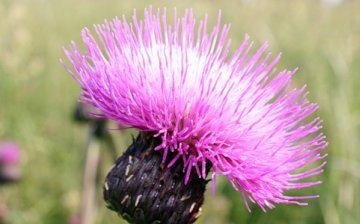
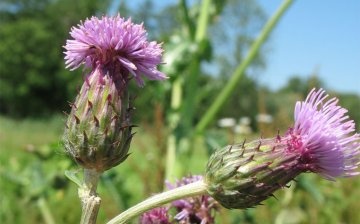

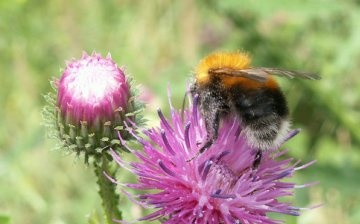
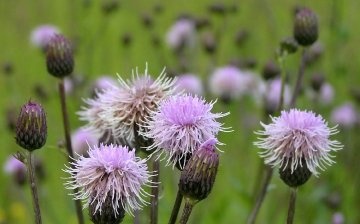
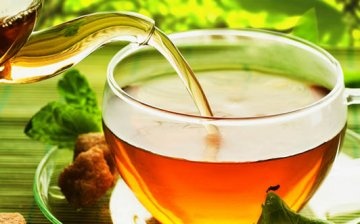
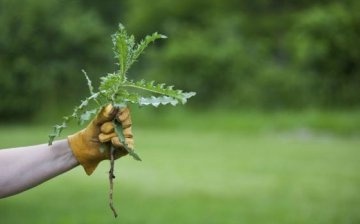







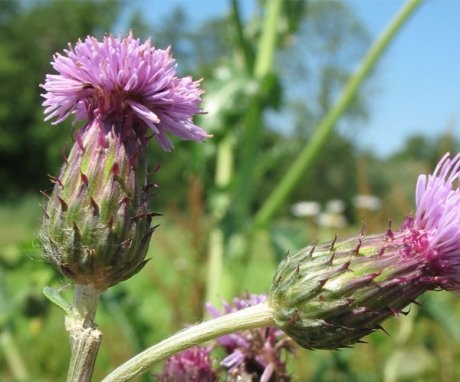
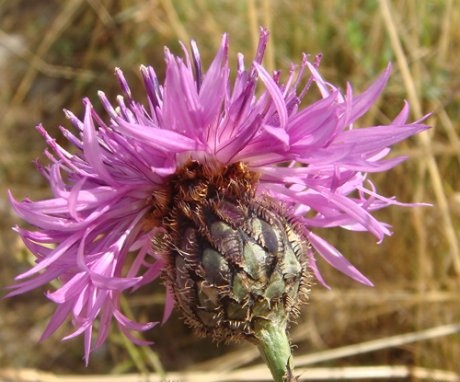
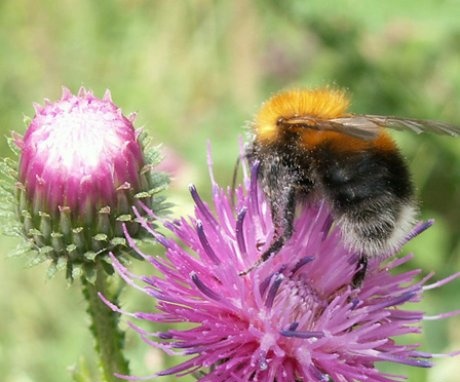
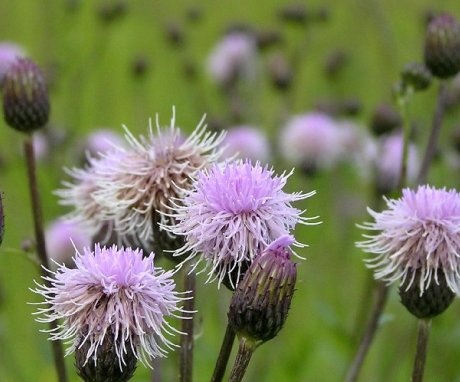
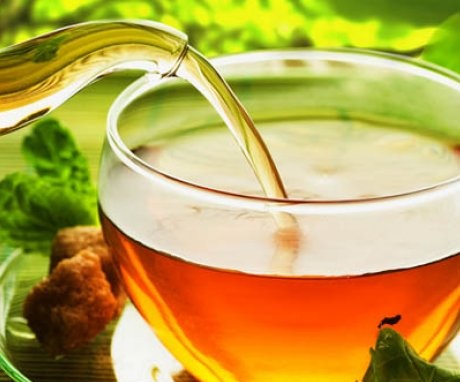
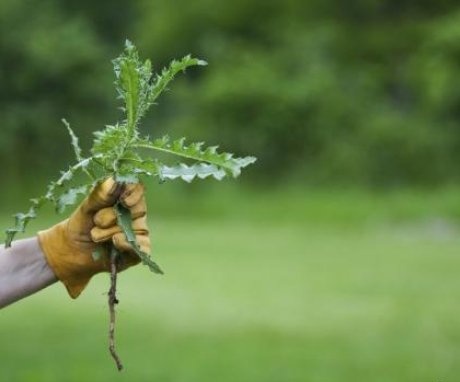
I didn't even know he was so useful. I always remove it. But in vain. I have been suffering from rheumatism for a long time, so it is necessary to collect and apply it, especially since it also improves metabolism. Great advantage.
Indeed, very few people know that the Field Bodyak is a useful weed in the garden. For the most part, everyone is trying to clean it up, it turns out in vain. Excellent article, I am very grateful to the site for helping to learn more on the farm.
The fact that "thymus" is useful for diabetes mellitus is good, but I still do not understand how long it is permissible to take it so as not to harm my body? How to drink it properly?